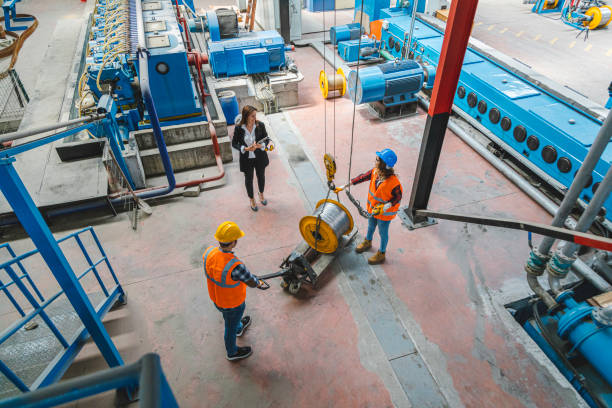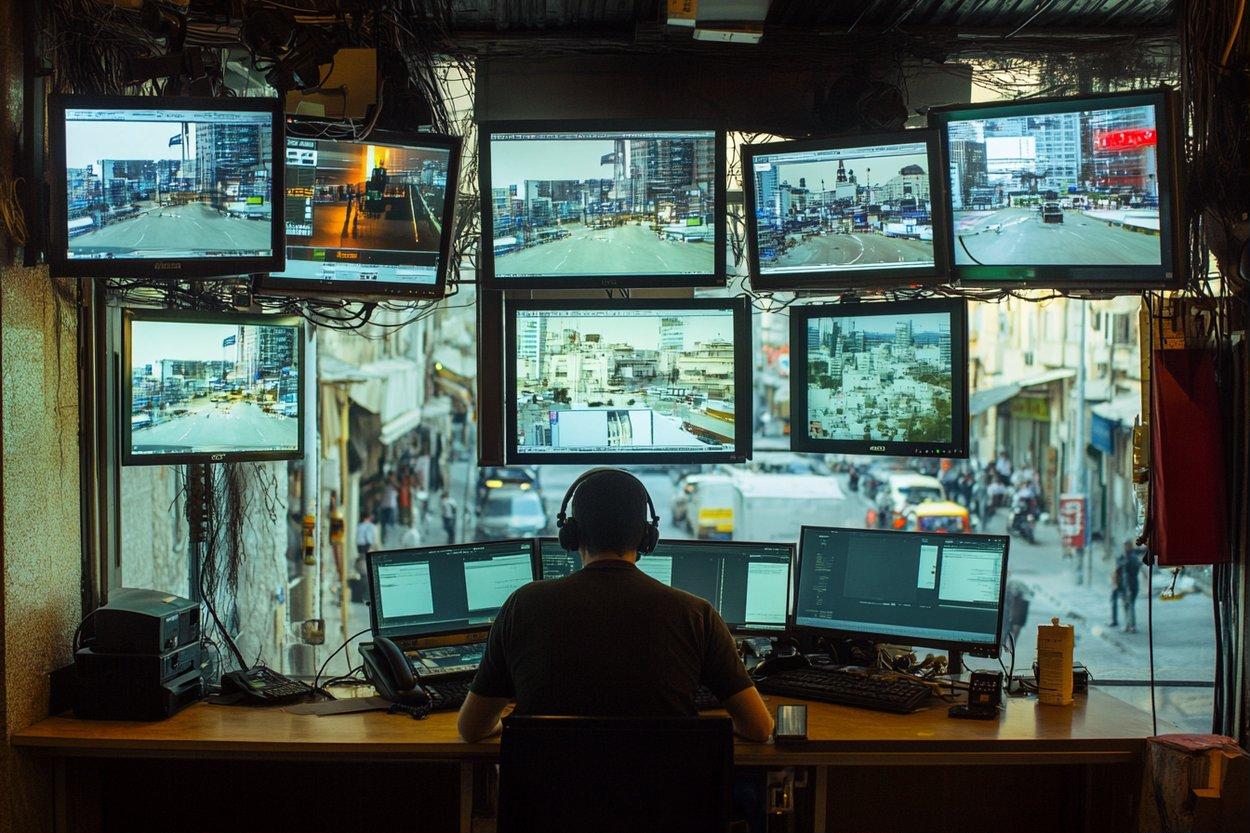Resurgence of the Intentional Community: A Societal Paradigm Shift
In a world rife with social unrest and environmental concerns, people are increasingly seeking ways to foster unity and sustainability. One such trend gaining momentum is the resurgence of intentional communities. Read below to explore this paradigm shift, its implications, and how it is shaping the fabric of modern society.

Intentional Communities: A Historical Overview
Intentional communities are not a new concept. They have existed throughout history, tracing their roots back to religious and utopian communities of the 19th century. However, the modern incarnation of these communities has shifted significantly from their historical counterparts. The current re-emergence of intentional communities is driven by a collective desire for social unity, ecological responsibility, and shared economic practices.
The Modern Rise of Intentional Communities
The 21st century has seen a resurgence of intentional communities, driven by a plethora of societal changes. The advent of the internet and social media has facilitated this trend, providing platforms to connect like-minded individuals and groups. Additionally, the growing awareness of environmental issues, coupled with the increasing disillusionment with mainstream consumerism, has propelled more people towards alternative living arrangements that align with their values.
Implications of the Intentional Community Movement
The growing trend of intentional communities has far-reaching implications. Firstly, it challenges the traditional model of nuclear family living, offering a dynamic and flexible alternative. It also promotes sustainability by encouraging shared resources and minimalistic living. Moreover, it fosters a sense of community and mutual support often lacking in traditional urban living setups.
Significance: Shaping the Future of Society
The significance of the intentional community movement lies in its potential to reshape the way we live and interact. This trend could impact housing policies, urban planning, and environmental legislation. Furthermore, it could challenge societal norms regarding ownership, consumption, and interpersonal relationships. The movement has the potential to redefine the social contract, making it more inclusive and sustainable.
Balancing Depth and Accessibility: The Future of Intentional Communities
While the concept of intentional communities might seem complex, it is important to make it accessible to the masses. Narratives of people living in such communities, sharing resources, and supporting each other can make the concept relatable and enticing. The future of this movement lies in its ability to balance its depth with accessibility, engaging more people and fostering a societal shift towards shared living.
In conclusion, the resurgence of the intentional community movement is a testament to the evolving nature of society. It signifies a shift in social consciousness and offers a fresh perspective on community living. By examining this trend, we gain valuable insights into the future of societal structures and the potential for sustainable living.




